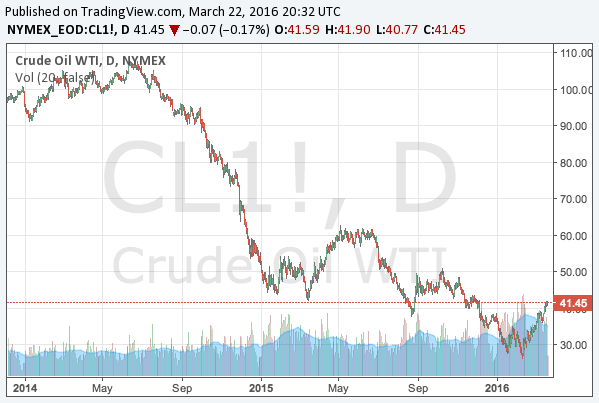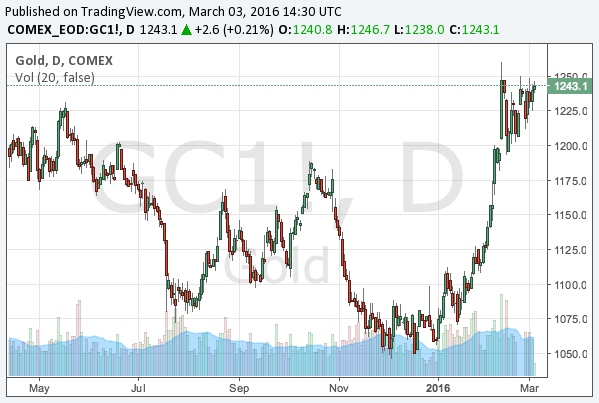As we have been analyzing the crude oil market from several aspects, we would like to summarize our predictions in this article.
The oil price has been tumbling since 2014 due to the oversupply by the US shale oil industry. The following is the chart of WTI crude oil futures:
The shale industry has made it possible to extract oils that could not be extracted in a conventional way, and consequently the supply of oils immensely increased. Now even oil tankers are used as storage.

